Telescope That Can See Saturn's Rings ?
The Hubble Space Telescope is capable of capturing detailed images of Saturn's rings. Its high-resolution cameras and advanced optics allow scientists to study the intricate structure and dynamics of the rings. Additionally, ground-based telescopes equipped with adaptive optics technology can also provide clear views of Saturn's rings by compensating for the blurring effects of Earth's atmosphere. These telescopes, such as the Keck Observatory in Hawaii, can achieve impressive levels of detail and reveal the complex patterns and features within the rings.
1、 Optical telescopes
Optical telescopes are the type of telescopes that can see Saturn's rings. These telescopes use lenses or mirrors to gather and focus visible light from celestial objects, allowing us to observe them in detail. With the help of optical telescopes, astronomers have been able to study Saturn's rings extensively and uncover fascinating information about their composition, structure, and dynamics.
Saturn's rings are made up of countless small particles of ice and rock, ranging in size from tiny grains to large boulders. Optical telescopes have provided us with stunning images of these rings, revealing intricate patterns, gaps, and divisions within them. By studying the way light interacts with the ring particles, scientists have been able to determine their composition and gain insights into their origin and evolution.
In recent years, optical telescopes have also played a crucial role in studying the dynamics of Saturn's rings. By observing the rings at different wavelengths of light, astronomers have been able to track the movements of individual ring particles and study phenomena such as waves and spiral density waves that propagate through the rings. These observations have helped refine our understanding of the forces at play within the ring system and how it interacts with Saturn's gravity.
It is worth noting that while optical telescopes have provided us with invaluable information about Saturn's rings, they are not the only tools used for studying this celestial feature. Other instruments, such as radio telescopes and spacecraft missions like NASA's Cassini, have also contributed significantly to our understanding of Saturn's rings. These complementary observations have allowed scientists to build a comprehensive picture of this iconic planetary feature.
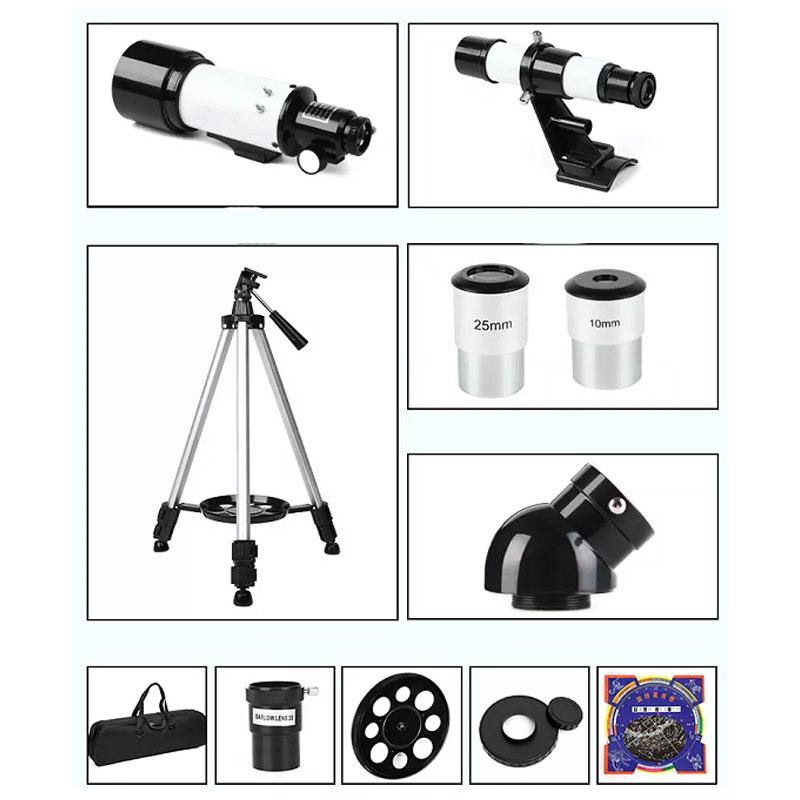
2、 Reflecting telescopes
Reflecting telescopes are the type of telescopes that can see Saturn's rings. These telescopes use mirrors to gather and focus light, allowing astronomers to observe celestial objects with great detail and clarity. The mirrors in reflecting telescopes are designed to reflect and concentrate light onto a focal point, where an eyepiece or a camera can be placed for observation or imaging.
Saturn's rings are one of the most iconic features of the planet, and they have been a subject of fascination for astronomers for centuries. Reflecting telescopes have played a crucial role in studying and understanding these rings. By capturing the reflected light from Saturn, these telescopes enable scientists to analyze the composition, structure, and dynamics of the rings.
In recent years, reflecting telescopes have been equipped with advanced technologies and instruments, enhancing their capabilities to study Saturn's rings. For instance, adaptive optics systems have been incorporated into some telescopes, allowing astronomers to correct for atmospheric distortions and obtain sharper images. Additionally, the development of high-resolution cameras and spectrographs has enabled scientists to capture detailed images and gather valuable data about the rings' composition and behavior.
It is important to note that while reflecting telescopes are capable of observing Saturn's rings, the quality of the observations can vary depending on factors such as the size and quality of the telescope, atmospheric conditions, and the expertise of the observer. Nevertheless, reflecting telescopes remain the primary tool for studying Saturn's rings and continue to provide valuable insights into the nature of these captivating features.
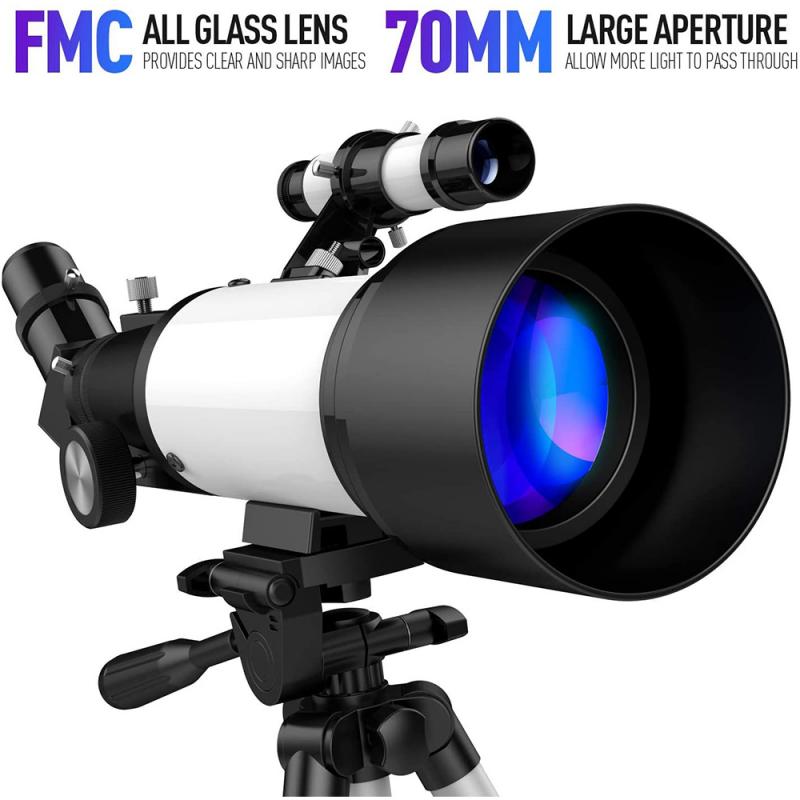
3、 Space telescopes
Space telescopes are advanced astronomical instruments that are specifically designed to observe celestial objects from outer space. These telescopes have revolutionized our understanding of the universe by providing us with unprecedented views of distant galaxies, stars, and planets. While there is no specific telescope that can see Saturn's rings alone, there are several space telescopes that have captured stunning images and provided valuable insights into the beauty and composition of Saturn and its rings.
One such telescope is the Hubble Space Telescope, which has captured breathtaking images of Saturn and its rings over the years. These images have allowed scientists to study the intricate details of the rings, including their composition, structure, and dynamics. The Cassini spacecraft, a joint mission between NASA, the European Space Agency, and the Italian Space Agency, also provided us with remarkable images and data about Saturn and its rings during its mission from 2004 to 2017.
In addition to these missions, future space telescopes, such as the James Webb Space Telescope (JWST), hold great promise for furthering our understanding of Saturn's rings. The JWST, set to launch in late 2021, will have enhanced capabilities to study the outer planets of our solar system, including Saturn. It will provide us with even more detailed images and data, allowing scientists to delve deeper into the mysteries of Saturn's rings.
Overall, while there is no specific telescope solely dedicated to observing Saturn's rings, space telescopes like Hubble and future missions like JWST have and will continue to provide us with invaluable insights into the beauty and complexity of Saturn and its rings.
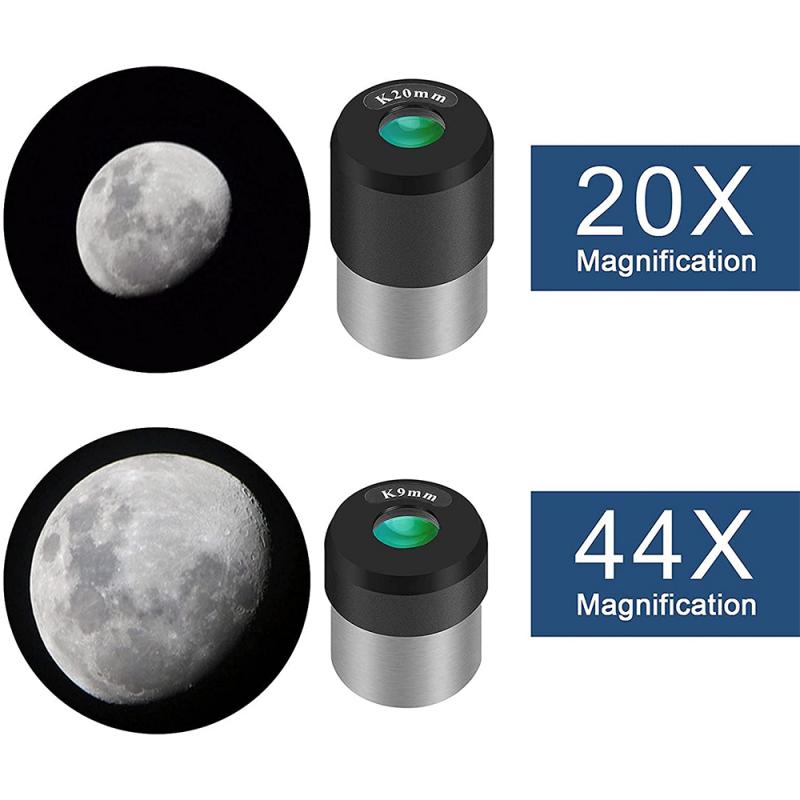
4、 Hubble Space Telescope
The Hubble Space Telescope is a remarkable instrument that has revolutionized our understanding of the universe. While it has provided us with breathtaking images of distant galaxies, nebulae, and other celestial objects, it unfortunately cannot directly observe Saturn's rings.
Saturn's rings are composed of countless particles of ice and rock, ranging in size from tiny grains to large boulders. These particles are spread out over a vast area around the planet, making them difficult to observe from such a great distance. The Hubble Space Telescope, despite its incredible capabilities, simply does not have the resolution or sensitivity to capture the intricate details of Saturn's rings.
However, this does not mean that we are unable to study Saturn's rings. NASA's Cassini spacecraft, which orbited Saturn from 2004 to 2017, provided us with an unprecedented view of the planet's rings. Cassini's instruments allowed scientists to study the composition, structure, and dynamics of the rings in great detail. The data collected by Cassini has significantly enhanced our understanding of the formation and evolution of Saturn's rings.
While the Hubble Space Telescope cannot directly observe Saturn's rings, it has contributed to our knowledge of the planet and its moons. It has captured stunning images of Saturn's atmosphere, revealing its swirling storms and intricate cloud patterns. Additionally, Hubble has observed the moons of Saturn, providing valuable insights into their geology and composition.
In conclusion, while the Hubble Space Telescope cannot see Saturn's rings, it has played a crucial role in advancing our understanding of the Saturnian system as a whole.







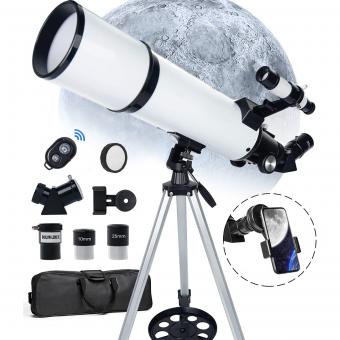






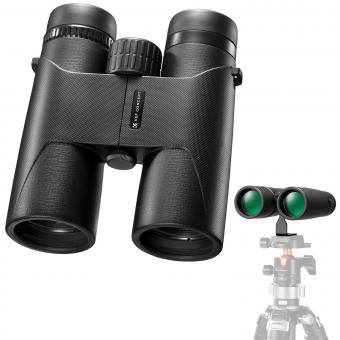

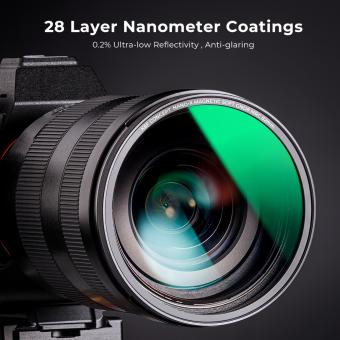

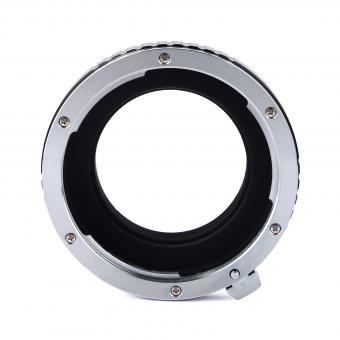






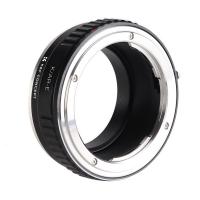
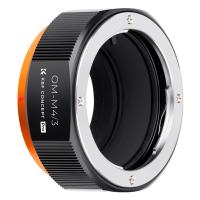
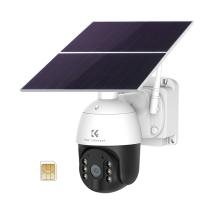


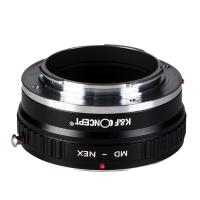

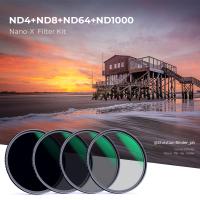
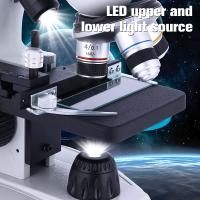




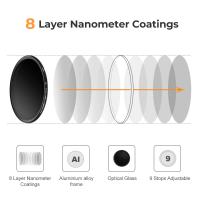
There are no comments for this blog.